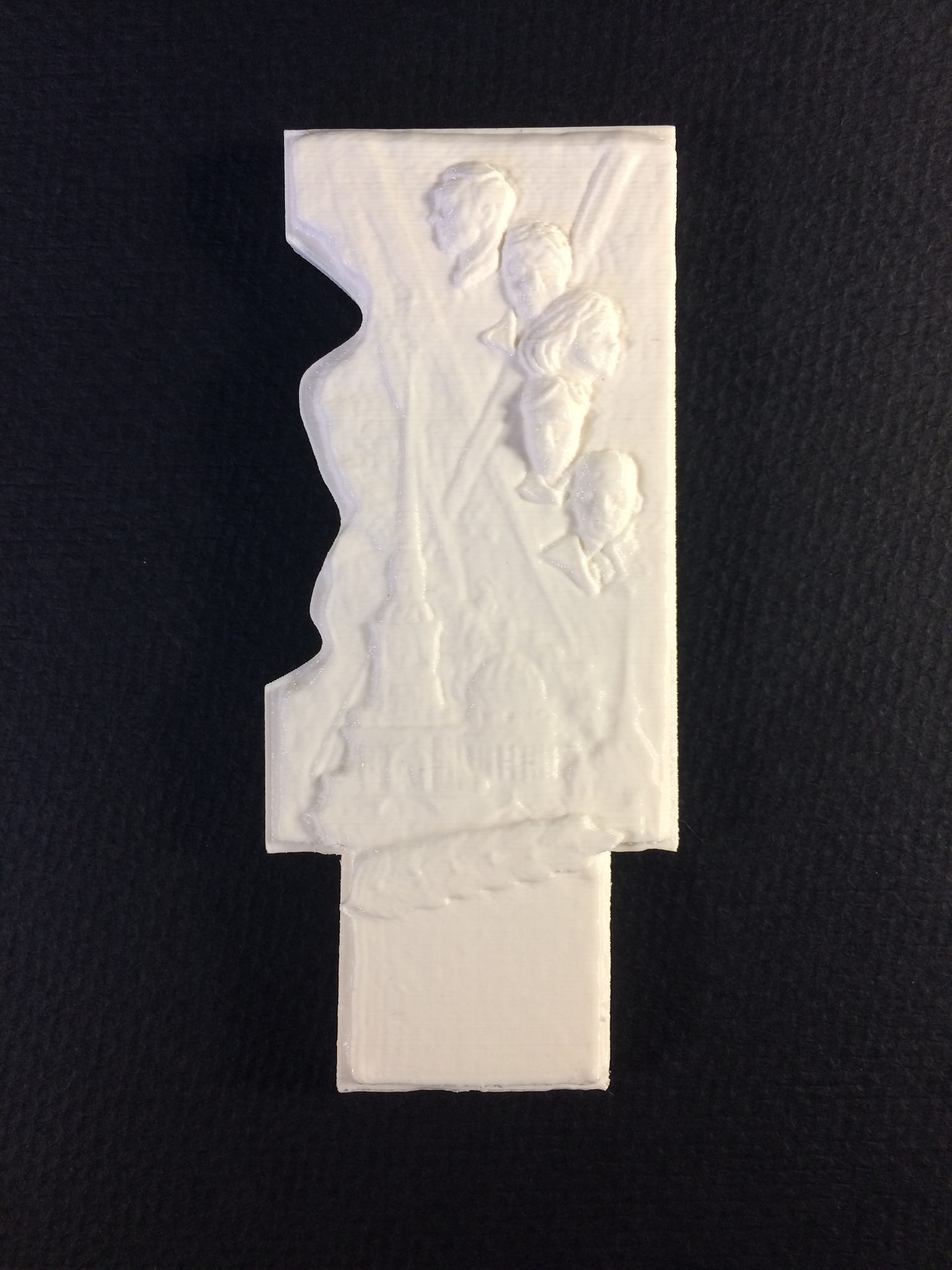
Relief: Defenders of Leningrad
myminifactory
This memorial honors those who defended Leningrad during World War II's Siege, also known as the Leningrad Blockade, a prolonged blockade conducted mainly by German Army Group North against Leningrad, now Saint Petersburg, in Eastern Front theater. The siege began on September 8, 1941, when the last road to the city was severed. Although Soviets managed to open a narrow land corridor to the city on January 18, 1943, the blockade was only lifted on January 27, 1944, after 872 days, making it one of history's longest and most destructive sieges, with possibly the highest casualty count. The Leningrad Front, led by Marshal Kliment Voroshilov, included the 23rd Army in the northern sector between Lake Ladoga and the Gulf of Finland, and the 48th Army in the western sector between Lake Ladoga and Slutsk-Mga position. The Leningrad Fortified Region, the Baltic Fleet forces, and operational groups Koporye, Southern, and Slutsk-Kolpino were also present. To sustain the city's defense, it was crucial for the Red Army to establish a route for bringing in a constant flow of supplies into Leningrad. This route was secured over the southern part of Lake Ladoga and the land corridor between Lake Ladoga and Leningrad. Watercraft transported supplies across Lake Ladoga during warmer months, while land vehicles drove on thick ice in winter, earning it the nickname "The Ice Road." The security of this supply route was ensured by the Ladoga Flotilla, the Leningrad PVO Corps, and route security troops. Vital food supplies were delivered to Osinovets village, then transferred 45 km via a small suburban railway to Leningrad. This route also evacuated civilians from the besieged city. The initial evacuation plan was unavailable in the chaos of the first winter war, leaving the city completely isolated until November 20, 1941, when the ice road over Lake Ladoga became operational. This lifeline, known as the Road of Life, brought military and food supplies into the city while evacuating civilians and wounded soldiers, allowing Leningrad to continue resisting their enemy despite its dangers, including vehicles becoming stuck in snow or sinking through broken ice caused by constant German bombardment.
With this file you will be able to print Relief: Defenders of Leningrad with your 3D printer. Click on the button and save the file on your computer to work, edit or customize your design. You can also find more 3D designs for printers on Relief: Defenders of Leningrad.
